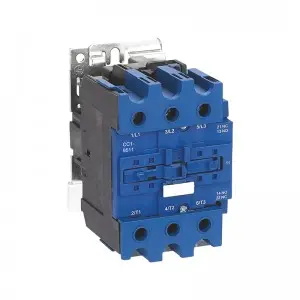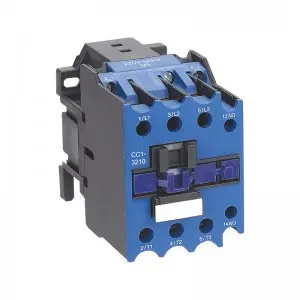In the field of electrical engineering, contactors are essential components that open and close circuits remotely and provide overload protection when combined with thermal overload relays. They are often used to activate and control AC circuits rated up to 95A. Usually, the use of contactors is divided into AC-3 and AC-4, and its electric value ranges from AC50/60Hz to 690v.
However, beyond these core features, there are other important considerations for using contactors:
First, the altitude and ambient temperature conditions where the contactor is located. The contactors are designed for use at altitudes below 2000 meters and in an ambient temperature range of -5°C to +40°C. Exceeding these conditions can cause the contactor to fail or become very fragile.
Second, installation requirements are critical to ensuring contactors perform to their optimum potential. The inclination between the mounting surface and the vertical surface shall not exceed ±5°. Failure to meet this requirement will result in malfunction or premature failure of the contactor.
Finally, the category of use of the contactor is another important factor for engineers to consider. The AC-3 and AC-4 categories are especially important because they provide overload current protection. IEC/EN 60947-4-1. Usually the IEC/EN 60947-5-1 standard is followed; it is advisable to carefully check the compatibility of the contactor with the existing circuit.
It is important to note that proper control coil voltage (AC coil operation) must be used with the contactor. In many cases, starter combinations use a control transformer to reduce the current and adapt to the correct AC voltage level for the control coil.
In short, contactors play a pivotal role in long-distance and overload protection circuits. Therefore, it is critical to pay close attention to the installation environment, installation requirements, and compatibility with existing circuits. IEC/EN 60947-4-1 must be followed. IEC/EN 60947-5-1 standard and takes into account other factors such as altitude, temperature and category of use. By adhering to these installation and use requirements, the contactor will function optimally, protect the circuit and ensure a long service life.


Post time: May-31-2023
